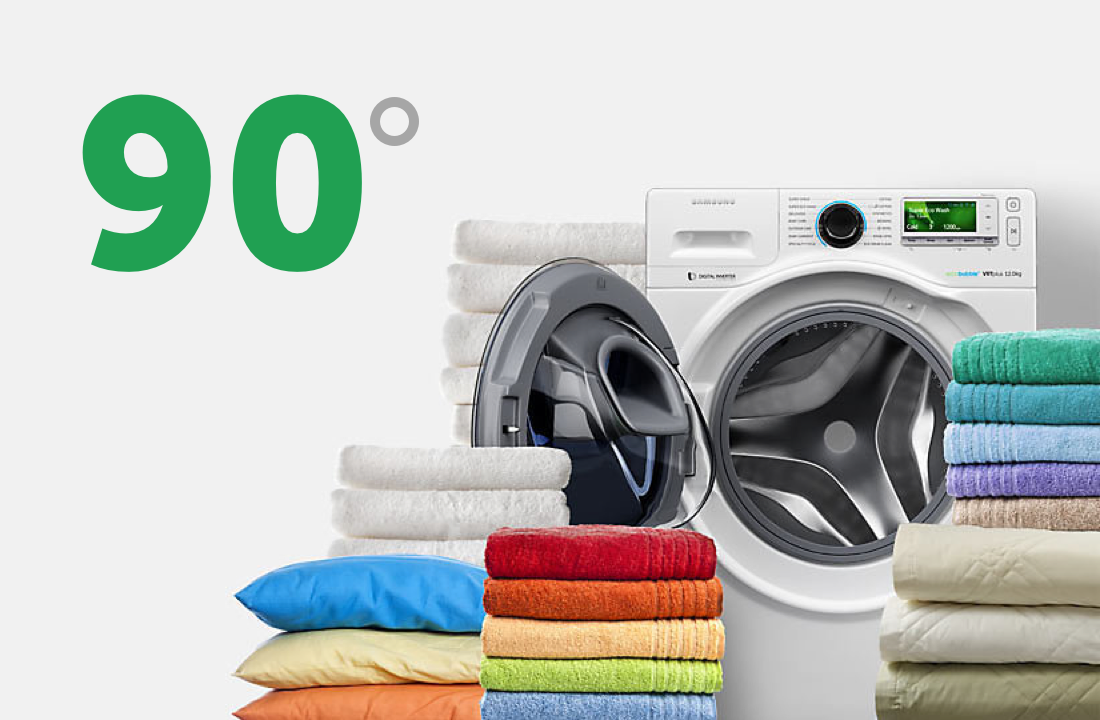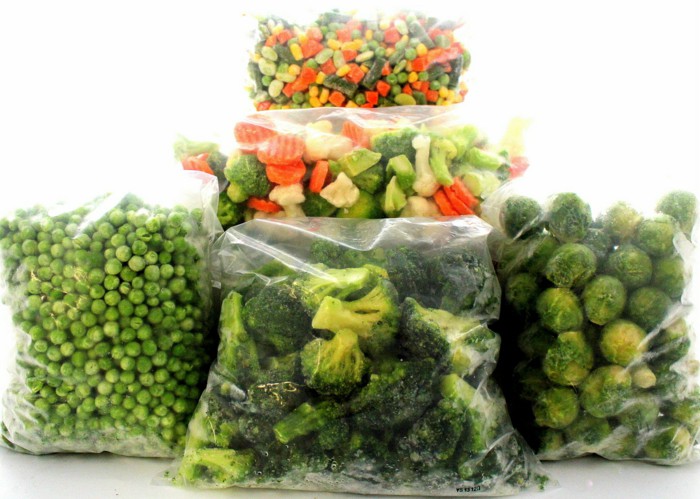Are you new to caring for a certain piece of clothing, and don’t know at what temperature you can wash it, or if you can even subject it to washing? You don’t have to go to the Internet to find out how to set the machine and the iron – the care signs on the garment will help you with this tricky task. The vast majority of modern garments have these care signs on them, so you won’t have any trouble finding them. Usually problems arise with the interpretation of the signs – washing symbols and other designations are far from obvious deciphering, so it is important to learn how to distinguish the symbols on clothes for washing, as well as how to navigate well in them. This detailed guide will help you do just that.
Clothing Care Symbols Relating to Washing Products
The most popular are the symbols for clothing care – their washing, as it is with the choice of washing parameters that problems arise most often. The table of garment care labels can cause many people discomfort with perception, so the data is displayed in the form of a list in which it is easy to find the designation you need. So, clothing care labels in terms of laundry have these designations:
| Wave pictogram basin – product can be washed by hand as well as in the washing machine. | |
| |
Basin with a wave icon and one line on the bottom – you must use the gentle wash mode. |
| |
Basin with a wave icon and two dashes on the bottom – you should use the delicate washing mode. |
| |
Crossed out basin – Such symbols for the care of clothing prohibit washing the item by hand and in the machine. |
| |
A basin with a wave and one dot in the center – washing should be done in water up to 30 degrees. |
| |
Basin with a wave and two dots in the center – recommended water temperature for washing not higher than 40 degrees. |
| |
Basin with wave and three dots in the center – you can wash the product in water at 50 degrees or higher. |
| A basin with your hand dipped in it – these garment care badges only allow hand washing. |
As you can see, deciphering garment care symbols is not as difficult as it might seem at first glance, especially if you have a garment care chart in front of you. However, it’s too early to relax, because there are other symbols on the clothing care tag, and all of them should be well navigated. So, what other common and important clothing care symbols are there?
Signs relating to drying and wringing recommendations
Drying and wringing are just as important a care activity as washing. For this reason, clothing care signs often reflect recommendations for drying and wringing items as well. Among the most important ones to remember are the following:
| |
The empty square pictograph means that the product can be dried without any restrictions or cautions. |
| |
A crossed out blank square is such signs for garment care on the label prohibits drying the item. |
| |
A square with an empty circle inscribed inside – the thing can be dried and washed in the washing machine. |
| |
The crossed out square with a circle inside is a designation for clothes care icons with a ban on spinning. |
| |
A square with a circle with one dot inscribed in it – the item should be dried at a low temperature. |
| |
A square with a circle and two points inscribed – drying can be done at medium temperature. |
| |
A square and a circle with three dots in it – you can dry clothes at a high temperature. |
Designations relating to cleaning and bleaching tipsThere are also other designations on clothes for taking care of them in terms of drying. For example, three vertical lines inscribed in a square – drying should be done without spinning. If a horizontal line is inscribed in a square, then the product can only be dried on a horizontal surface. Now you know what the clothes care icons mean, which relate to the issues of drying and spinning. You should also know what the other care symbols are for bleaching, cleaning and ironing your clothes. Read on!
Clothing care conventions often include signs that indicate how things should be cleaned and bleached, and whether it’s okay to do so. Clothing care signs come in the form of these:
| Empty circle – dry cleaning (aka dry cleaning) of clothes with this sign on the label is allowed. | |
| Crossed out circle – care of clothes designations, crossed out prohibit action (cleaning). | |
| Circle with inscribed letter A – dry cleaning with any solvent is allowed. | |
| Circle with the letter P inscribed – ethylene chloride and hydrocarbon products are recommended. | |
| Circle with the inscribed letter F – solvents based on hydrocarbons only are allowed. | |
| The empty triangle is a garment care designation that permits the bleaching of the garment. | |
| Triangle with two slanted dashes – you can only bleach a thing without using chlorine. |
Crossed out garment care icons – the deciphering says that the action is prohibited. For example, a crossed out triangle sign on a clothing label indicates that it cannot be bleached. There are still some clothing care icons that everyone should know about the meaning of – they refer to ironing clothes.
Icons about how to iron things properly – sorting out the designations
There are also signs for ironing clothes – the deciphering of these signs is given next:
| Handled iron pictograph – the product is allowed to be ironed without any restrictions. | |
| The crossed out iron icon is the meaning of the garment care symbols forbids ironing the item. | |
| Image of iron with steam crossed out from the bottom – the thing can be ironed, but it is forbidden to steam it. | |
| Single point center iron – must be ironed exclusively at low temperatures (no higher than 110 C). | |
| Double dot center iron – can be ironed at medium temperatures up to 150 degrees Celsius. | |
| Iron with three dots inside – you can use high temperature when ironing – above 200 degrees. |
When you know the symbols well, taking care of your clothes is much easier. There is no need to search the Internet for tips and recommendations about how to take care of this or that type of fabric – knowing the icons and their values will allow you to quickly understand what mode and temperature of washing should be set, whether the product can be bleached and dry-cleaned, as well as understand how to iron it. You can also find a table of care for clothes – such data is widely available online. They will help you to repeat and consolidate your knowledge.






